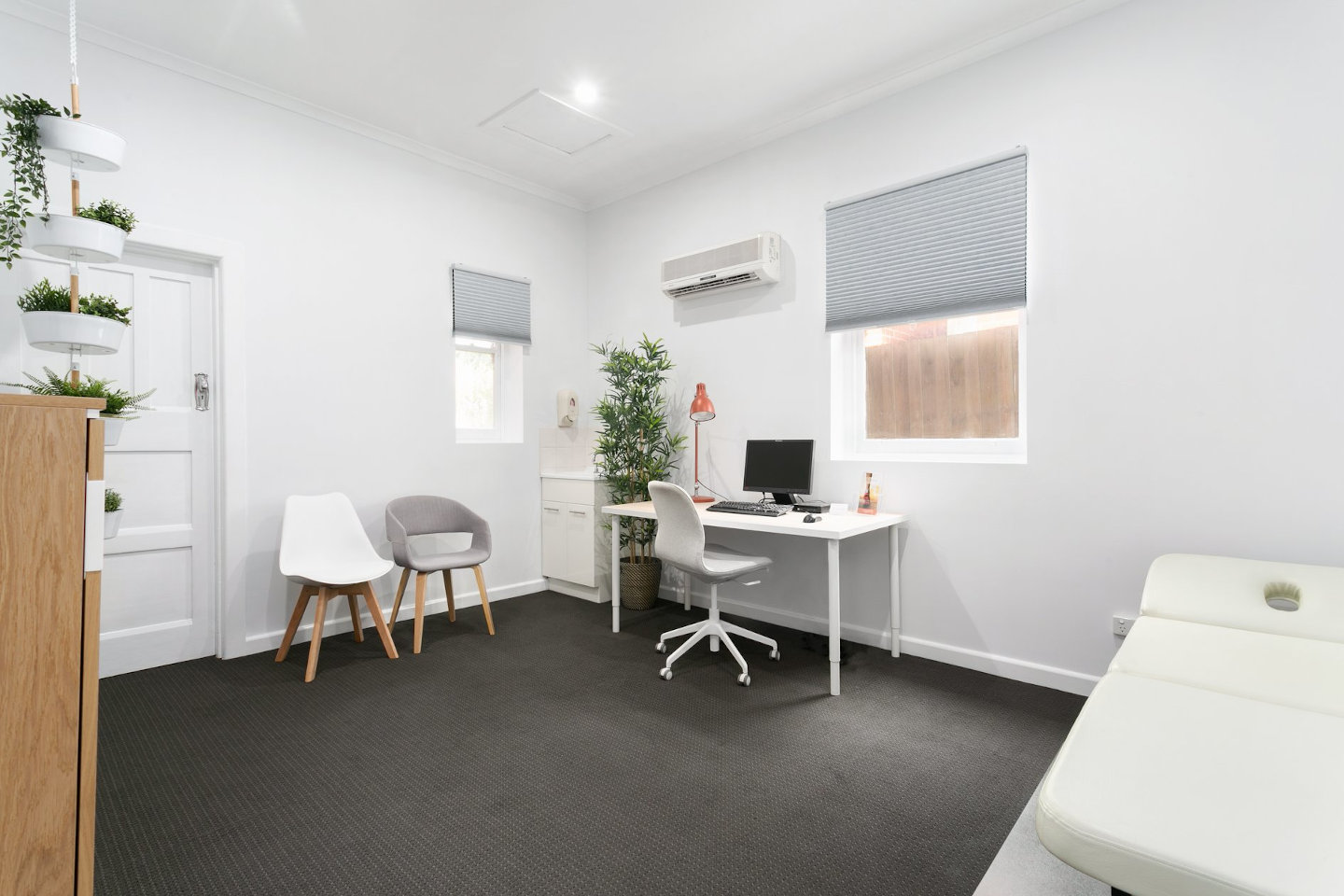The patient, identified as Edith, is a 54-year-old female with cerebral palsy presenting with gait abnormalities and pain from her current AFO.

Although functional, she was experiencing challenges with ambulation. She was utilising an older style Ankle Foot Orthoses – AFO (not prescribed by Orthotics Plus) which was suboptimal due to its materials and Tamarack ankle joints, which in this case, were not suitable.
Referral to Orthotics Plus
Edith had been receiving Physiotherapy under the care of neuro-physiotherapists. Subsequently, they referred her to Orthotics Plus for an evaluation and prescription. After a thorough assessment, and collaboration with her neuro-physiotherapists we suggested an alternative AFO option that could potentially enhance her gait.
Observations During an Initial Assessment
Upon evaluation, it was observed that the patient was experiencing foot drop and difficulty ambulating due to inadequate toe clearance provided by her current AFO.
Additionally, the patient was noted to have a plantar flexion contraction (foot pointing down slightly), leading to hyperextension at the knee joint. Therefore, it was determined that a tuned AFO with some ability to plantarflex and dorsiflex was required to reduce the hyperextension and increase the toe clearance in order to optimise the patient’s gait and improve her overall mobility.
It was determined that the patient did not exhibit significant quadriceps weakness or severe knee hyperextension that would justify a Knee-Ankle-Foot Orthosis.

Therefore, an AFO was deemed appropriate to facilitate the patient’s gait by reducing plantar flexion and knee hyperextension and providing lift to the foot during ambulation. By controlling the ankle range of motion, we were able to achieve the desired control of the knee position, which was necessary for optimal mobility in this case.
Understanding Edith’s Meaningful Goals
Edith was an NDIS participant and expressed to us that her meaningful goals were to:
- Reduce fatigue during activities such as attending sports, concerts, caring for her children and remaining on her feet for long periods of time
- Increased independence during the later hours of the day
- Decrease the risk of falls
Hence, the interventions and treatments were designed to address these specific goals and were funded by her NDIS plan in order to improve the patient’s functional abilities and enhance her overall quality of life.

Orthotics Plus is an NDIS-registered provider and we prescribe, trial and review many types of Assistive Technology for our wonderful community.
What Type of AFO was Most Appropriate for Edith’s Condition?
After careful evaluation, our main objectives were to provide Edith with free dorsiflexion range of motion to encourage knee flexion and reduce knee hyperextension, limit her plantar flexion range, and lift her foot up during ambulation to enhance safety.

Based on these requirements, we opted for a custom-made carbon fibre laminated AFO with a double-action ankle joint.
A double-action ankle joint AFO has several advantages for Edith over other types of AFOs.
First, it allows for a greater range of motion in both plantar flexion and dorsiflexion, which can be beneficial for patients who require increased ankle mobility during activities such as walking. This increased range of motion can also help to reduce the risk of falls and improve balance in patients with gait abnormalities.
Secondly, the double-action ankle joint is more versatile than other types of joints, as it allows for both passive and active control of ankle movement. This means that the AFO can be adjusted to suit the patient’s specific needs and can provide support and stability when needed, while still allowing for some degree of natural movement.
Finally, a double-action ankle joint AFO can be adjusted and modified after it has been fabricated, which is particularly useful for patients who require ongoing adjustments to their devices. This adjustability ensures that the patient is receiving the most appropriate and effective calibration possible, leading to improved outcomes and greater patient satisfaction.
As a minor negative consideration, the double-action ankle joint AFOs may require more frequent adjustments and maintenance than other types of AFOs, which can be a potential inconvenience for the patient.
Accessing the AFO
We submitted a detailed quote outlining Edith’s condition, her goals, and how orthotic management could assist in achieving those goals.
We then scheduled a reassessment to ensure that her gait had not significantly changed since the previous evaluation.
Our caring team then took a cast of Edith’s leg. Using this cast as a guide, our Orthotist then constructed the final AFO using the appropriate materials, trimmings and straps.
On fitting it was found the AFO fit exceptionally well, her toe clearance was much better and her gait was more natural due to the increased plantarflexion on heel contact combined with good ankle control.
Feedback from Edith
“Thanks to Orthotics Plus, I am able to enjoy my time with my family more as the AFO feels comfortable. I am glad I made the upgrade.”
Follow Up Support

As part of our process, we provided follow-up support after fitting the AFO.
We advise people to wear the AFO gradually and not full-time after leaving the clinic.
We carefully review the fit and check for any pressure areas within a week after the fitting.
After the initial review, we schedule follow-up visits approx once a month for the next two visits and then every six to twelve months, or as needed. Our aim is to ensure that the AFO is comfortable and effective in supporting Edith’s gait in the long term.

Want to Learn More About AFOs?
Over recent years, AFOs and materials have undergone significant advancements, rendering them distinct from earlier versions. There is now a diverse range of options available, with some being less invasive and others incorporating superior technology and enhanced adjustability.
In addition, the assessment process and gait analysis have become more comprehensive and detailed, resulting in greater benefits for our patients.
If you know someone who should learn more about AFOs or would like to book an assessment, please contact Orthotics Plus Melbourne.